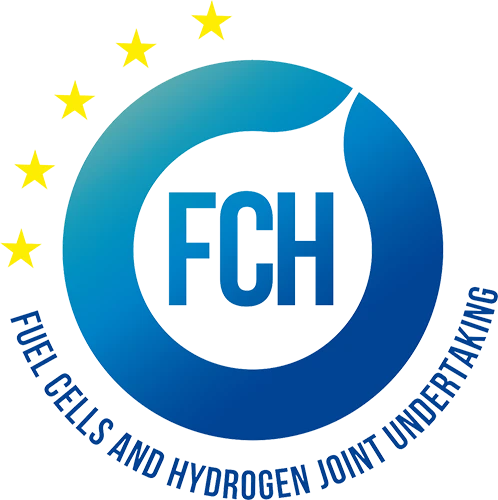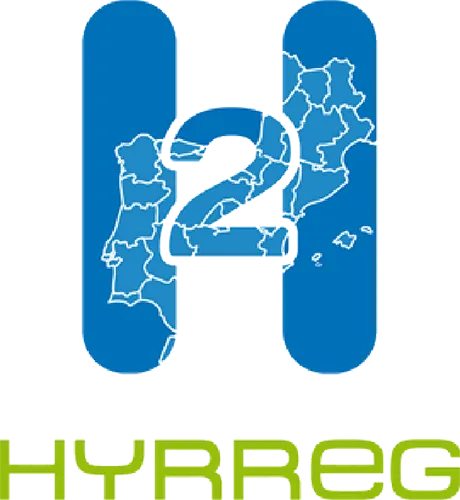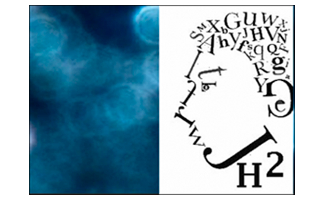Services
Production, Storage and Applications
Technology Optimization
Safety
Sustainability
Business Strategy and Feasibility
Digital Simulation
Test Bench Design
Component and System Testing
Prototypes and Applications
94projects
604entities
The Aragón Hydrogen Foundation promotes the energy efficiency of companies through innovative solutions based on green hydrogen.
From the initial design, study and optimization of processes to their implementation, we support you in moving towards a more productive and sustainable model.
With a track record of over a hundred projects behind us, our multidisciplinary team of more than 30 specialists offers you tailor-made solutions to take your company to the next level of energy efficiency and sustainability.
Move towards a more competitive and responsible future. Turn energy innovation into a real advantage for your business.
















